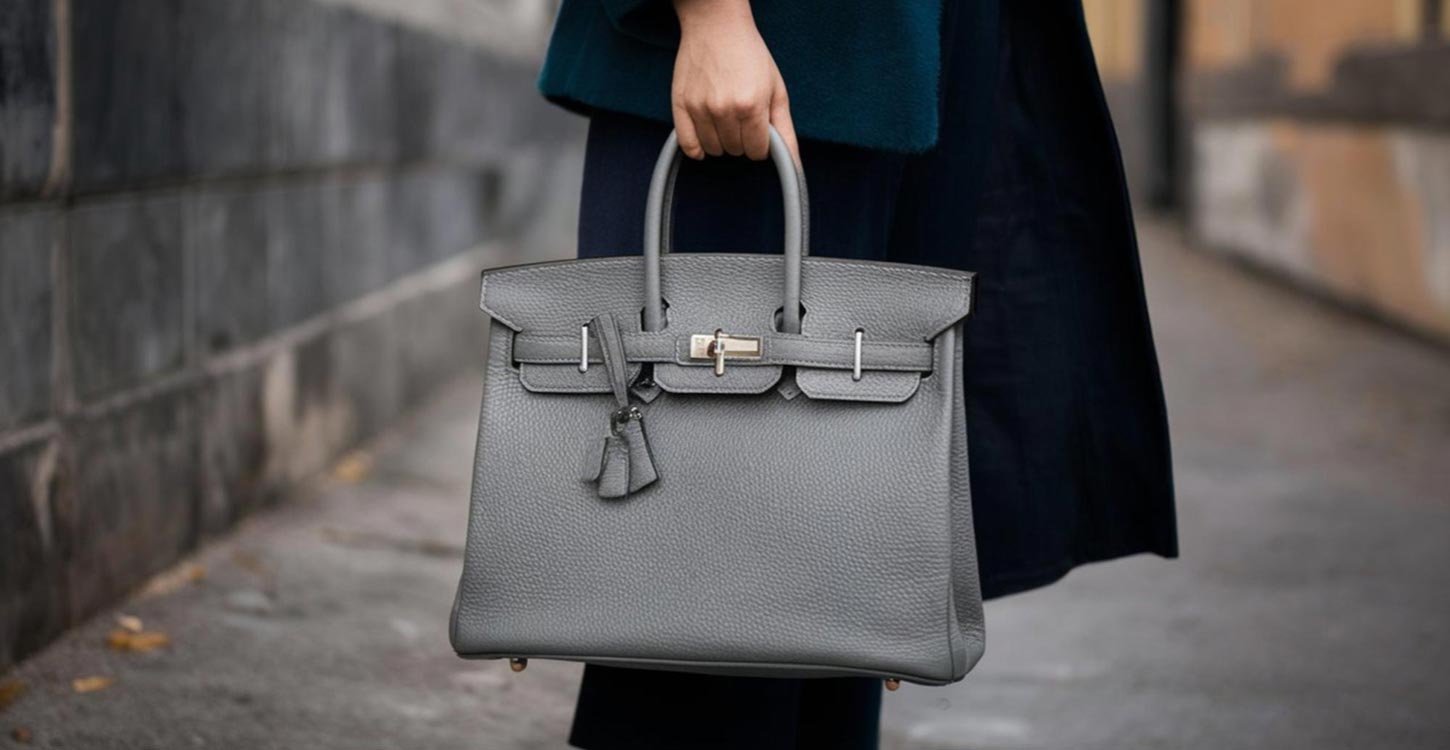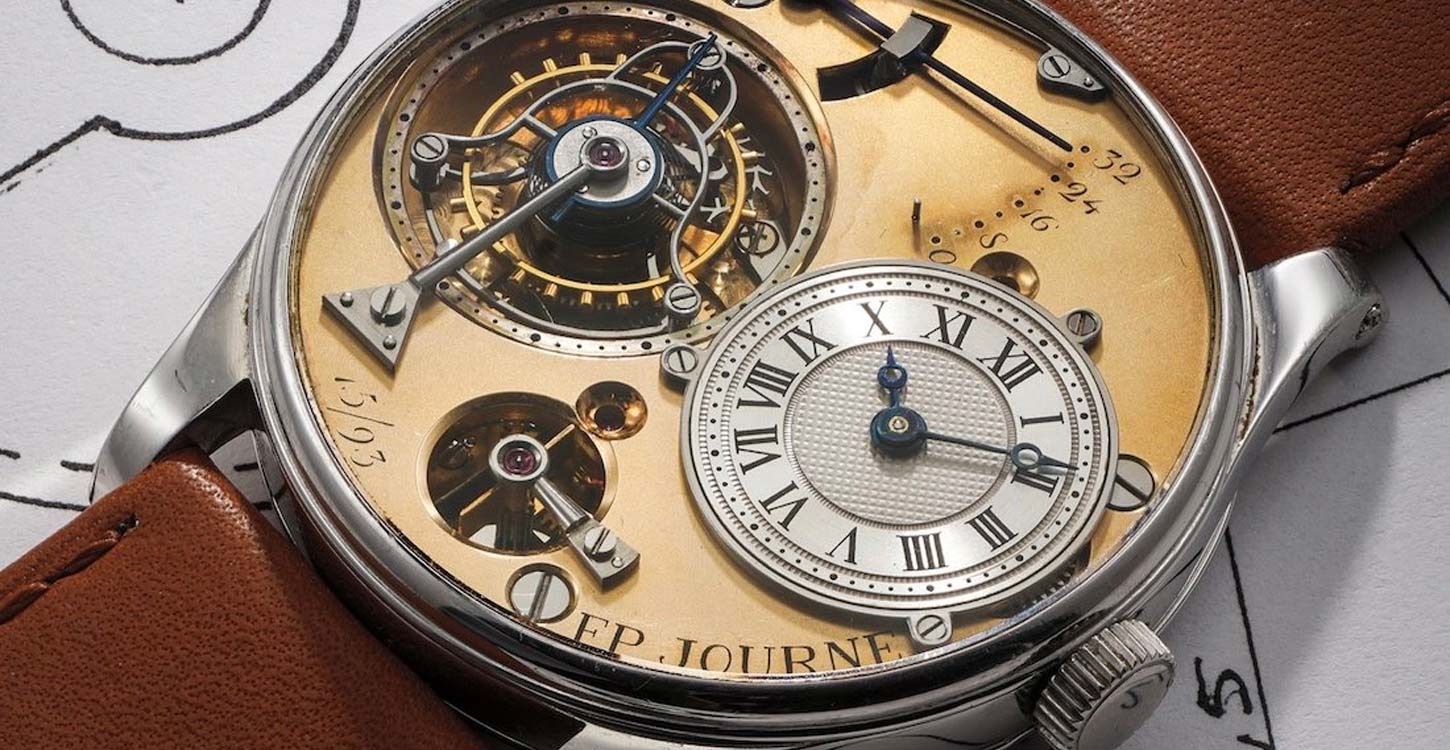Introduction
Wouldn’t it be nice if Christmas gifts could represent lasting stores of value far beyond the festive season? Here, industry experts give their assessment of some possible presents that may just turn into sound investments too.
With Christmas Day almost upon us, many people will still be pondering what to buy a loved one who already “has it all”. The good news is that many of the special presents you might be considering splashing out on could also rise significantly in value over time. While sensibly alternative investments should form only a small part of most individuals’ portfolios, and collectibles a smaller proportion still, there is an investment argument for “gifts that will keep giving”.

The beauty of so-called real or tangible investments is, of course, that you can do things with them. You can drive a classic car, you can admire a painting and you could also drink the fine wine – although that may defeat the investment purpose!
“The beauty of so-called real or tangible investments is, of course, that you can do things with them.
You can drive a classic car, you can admire a painting and you could also drink the fine wine – although that may defeat the investment purpose!” notes Christian Armbruester, Chief Investment Officer at Blu Family Office. “Pleasure aside, investment returns have commensurately been very good.”
Engines of growth
Classic cars have long been in pole position among passion investments, with Armbruester observing that over the past ten years classic cars are up more than 400% on average. 2018 has undoubtedly been a particularly strong year: this summer a 1961 Aston Martin DB4GT Zagato became the most valuable British car ever to be sold at auction, fetching over £10m, but even this paled into comparison with the new world record set by a 1963 Ferrari 250 GTO, which sold for an incredible £55m.

Here, Edward Maidment, Investment Director at Quilter Cheviot, highlights how when one buys makes all the difference to returns: “Take the Lamborghini Miura P400, which had its first production run from 1966 to 1969.
These sold for $20,000 when new, $120,000 thirty years later, and $950,000 at auction last year – not bad you might think. But the last version of Miura, built 1971-1972, could be bought for $20,000 in the early 2000s and be sold for $2.4m today!”
Lovingly restored “barn finds” can deliver stunning returns, but such cases are rare, not to mention long and expensive restoration projects
Classic cars may have outperformed all other luxury markets over the past decade, yet as Maidment cautions, the difficulty with classic car investing is that it’s very dependent on which model you invest in. Choosing the right model, in the right condition is vital – as is maintaining it. Lovingly restored “barn finds” can deliver stunning returns, but such cases are rare, not to mention long and expensive restoration projects. It may be more realistic both practically and financially, then, to focus on “modern classics” in excellent condition. Original Porsche Boxsters and Alfa Spiders are among the models currently being touted for great things, with good examples said to be available from around £15-20,000.
Another option flagged by Maidment are organisations that allow for the purchase of part of a car. “After a few years, generally three, the car is offered for sale and the multiple owners are paid their gains free of any capital gains tax,” he explains. This may be a tempting prospect for petrolheads looking to start their collecting career, and even more so for partners keen to retain some garage space!

Attention tends to focus on the investment potential of cars, but motorbikes warrant it too, especially since they are far easier for the hobbyist to store.
As Martin Heale, Portfolio Director at Schroder US Wealth Management – himself an avid motorcyclist – observes, bikes can hold their value very well if a model goes out of production or when prices for new ones are on the rise. There is also potential for impressive hikes in value: “Bikes that appreciate in value are rare ones or future classics. Good examples of the latter are the early generation R1s and Fireblades. This is partly because young riders at the time that dreamed of owning these superbikes could not afford them and when they can there are fewer still roadworthy.”
“Suzuki have just announced they will cease selling the Hayabusa at the end of this year. In its day it was the world’s fastest production bike, so that is one to watch,” says Heale.
Fine wine
Although whisky and other premium spirits have become much more of a focus for investment in recent years, fine wine remains the top “liquid asset” for those looking to build up investment returns as well as an impressive cellar. Here, Armbruester highlights that fine wines have broadly risen in value by more than 200% in the past decade, while single bottles with historical significance have been known to fetch hundreds of thousands of pounds at auction.
Correspondingly, the wine market is very well developed, with its secondary market reported to be worth close to £4bn in the UK (and sixty times as much globally) and multiple routes to investing now possible. Wine funds are a good way to get exposure to a diversified range of vintages and names – and so dial down investment risk – but for the knowledgeable enthusiast, laying down a case for the generally recommended three to five years can be an exciting venture.
Premier crus (or first growth wine) from the famous French estates like Lafite-Rothschild and Latour carry great prestige and are dependable, although, correspondingly, “big name” Burgundies and Bordeaux may not have much room to grow in value.

There are ways for collectors to seek stronger returns, and to find a good balance between pleasure and investing, as Charles Calkin, Partner and Financial Planning Consultant at James Hambro & Partners, has seen: “One of my clients buys wine en primeur – in other words, before it is bottled and released onto the market.
He buys ten cases, keeps them until they have matured and the price has (hopefully!) increased, then sells nine of them. The profit he makes pays for the tenth, which he enjoys with friends, and funds investment in the next vintage.”
En primeur wines have been known to rise in value by 40% in just a few years, but the vagaries of vintages and prevailing tastes (not to mention the practicalities of storage) mean that wine is far from a safe bet. Yet at the very least, investors will be able to enjoy liquidating their assets.
All that glitters
Jewellery and watches are of course other hugely popular gift choices, and ones that can also have great investment potential. Jewellery prices have been seen to rise 150% over a decade, while certain luxury watches such as the Jaeger-LeCoultre Reverso and Audemars Piguet Royal Oak have consistently surged over 10% per annum. In both categories, record-breaking pieces fetching tens of millions of pounds continue to stoke interest at all levels of the market.

When it comes to precious stones, notable rubies, sapphires and emeralds have all hit the headlines in recent years, but, as ever, it is diamonds which really capture the imagination of both wearers and investors. As expert jeweller Lewis Malka argues: “Diamonds haven’t seen a downturn in value for many years, which combined with their power to say ‘I love you’, means they can be the perfect investment present.”
Nor should coins – particularly physical gold ones – be forgotten in the category of glittering gifts with great investment potential. As Armbruester also points out, collectible coins have been seen to rise 100% in value over a decade, while the price of physical gold tends to spike at times when nervous investors seek safe havens.
Diamonds haven’t seen a downturn in value for many years, which combined with their power to say ‘I love you’, means they can be the perfect investment present

Paul Derrien, Investment Director at Cannacord Genuity Wealth Management, explains: “Traditionally, the role of gold as a diversifier in portfolios – particularly in high inflationary environments – has been literally worth its weight. Balanced against the volatility in equity markets and the risk of some alternative investments, gold has tended to be a solid, core investment. And that was certainly true in the noughties, when it was the ultimate hedge against high inflation. Back then, it was seen as a scarce resource, with demand massively outstripping supply due to cultural and seasonal demand – weddings for example – and demand for asset-backed investments in the ETF world.”
Traditionally, the role of gold as a diversifier in portfolios – particularly in high inflationary environments – has been literally worth its weight. Balanced against the volatility in equity markets and the risk of some alternative investments, gold has tended to be a solid, core investment
However, Derrien cautions that this is not necessarily the case at the moment and hasn’t been for quite a long time.
“Whereas back in the noughties, physical gold and gold coins provided a hedge against markets, since 2012 they haven’t provided the protection you would expect and in times of recent stress, gold has not been negatively correlated with the markets,” he says. “That is not to say that if we saw a material downturn, gold could not have its day once more. But over the last decade gold is up around 50%, collectable coins 100% and world equities over 150% – the latter coming without the inherent liquidity risks.”
Potential investors need to bear in mind that a standard 12.4kg gold bar costs almost £400,000 today and, although heavy, is still relatively portable – hence the precious metal’s appeal in times of strife. This means that most “goldbugs” prefer to get exposure through instruments such as Exchange-Traded Funds, rather than take on the risks and secure storage expense of taking physical delivery themselves. For about £1,000, a 1oz bar (roughly the size of a SIM card) may make a very nice stocking-filler, however!
Buyer beware
Of course, a whole world of tangible or collectible assets exists beyond those mentioned. Fine art and stamps are so well established as to have their own price indices, and we could add to the list any number of types of memorabilia and artefacts; Calkin even has one client who collects historical surgical equipment!
But while the pleasure these tangible, collectible items give their owners is clear, so too should be the challenges – and risks – these terms imply. As Armbruester says: “It is not easy to invest into these types of assets. These are opaque and mostly private markets with many costs, fees, and operational difficulties, such as movement, storage and maintenance.”
Correspondingly, Calkin warns that “you may find insurance, security and auction costs – from purchase to sale – wipe out any profit”, making it hard to justify buying collectibles solely for their investment value. “If you want to collect, do so primarily for pleasure,” he continues. “Hope to make money but buy in the expectation that any investment benefits will simply help subsidise your passion, rather than turn it into a profitable venture. If you are looking purely for financial reward, talk to your wealth manager and get a sensible investment portfolio built.”
Hope to make money but buy in the expectation that any investment benefits will simply help subsidise your passion, rather than turn it into a profitable venture
“The stock market is better for most long-term investors and you can get in and out more easily,” Maidment concludes. “An investment portfolio will also pay an income, which should grow over the years.”
And yet, for those with healthy investment portfolios and disposable wealth, there is doubtless a lot to like about buying loved ones – or even themselves – a big-ticket present which may also have big potential for gains over time. Collectibles may or may not be hugely lucrative as investments, but they will certainly continue to give great pleasure long after the Christmas decorations have been packed away.
Important information
The investment strategy explanations contained in this piece are for informational purposes only, represent the views of individual institutions, and are not intended in any way as financial or investment advice.
Any comment on specific securities should not be interpreted as investment research or advice, solicitation or recommendations to buy or sell a particular security.
We always advise consultation with a professional before making any investment decisions. Always remember that investing involves risk and the value of investments may fall as well as rise. Past performance should not be seen as a guarantee of future returns.





